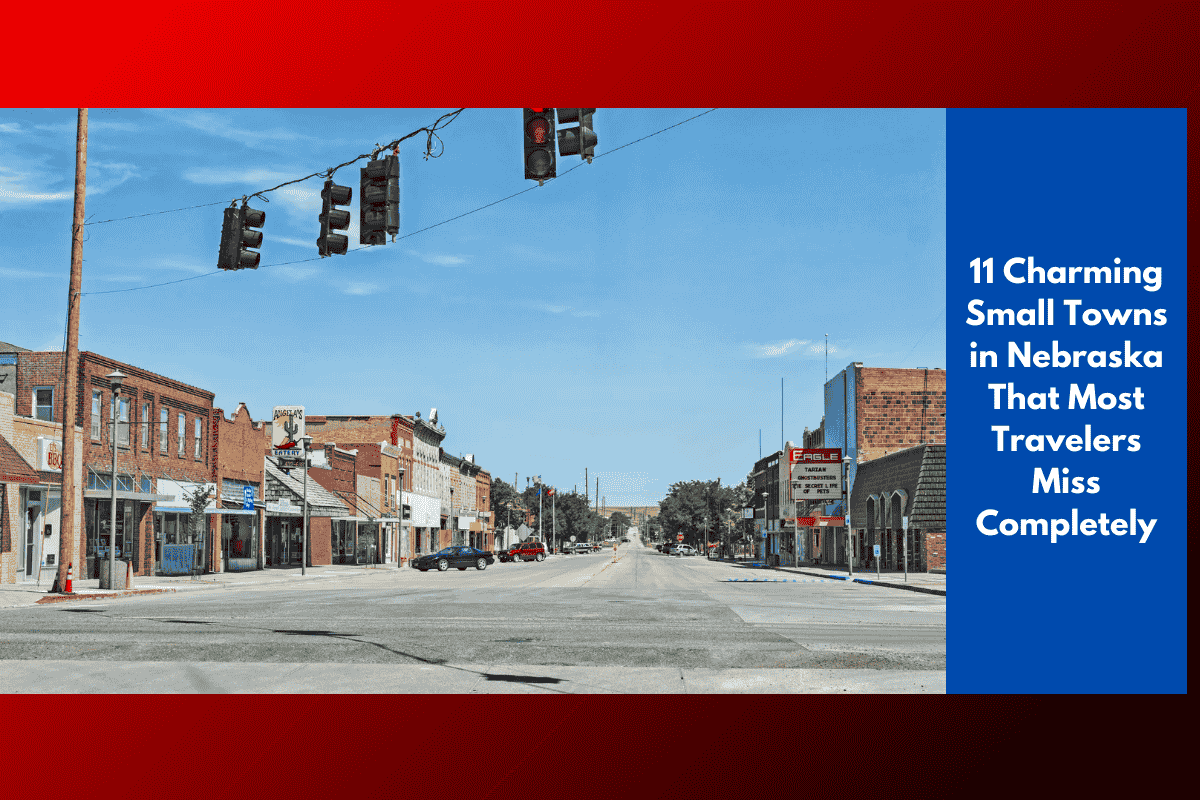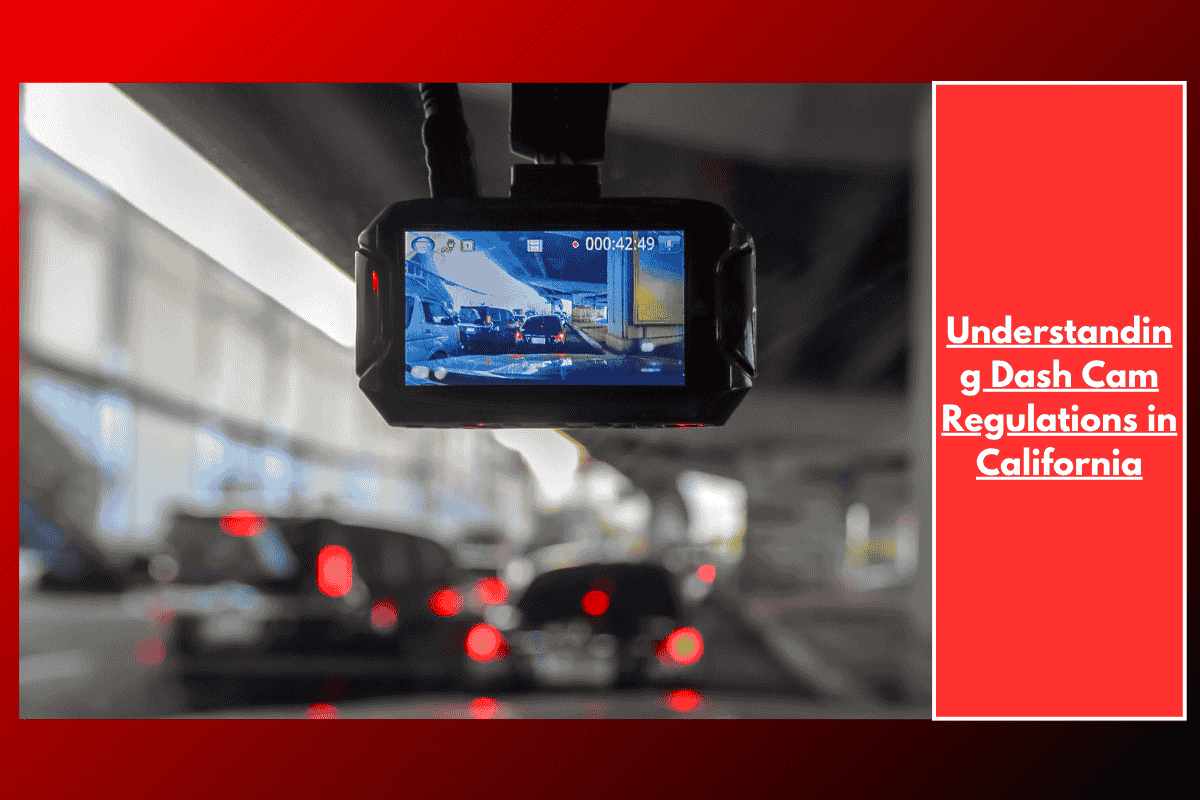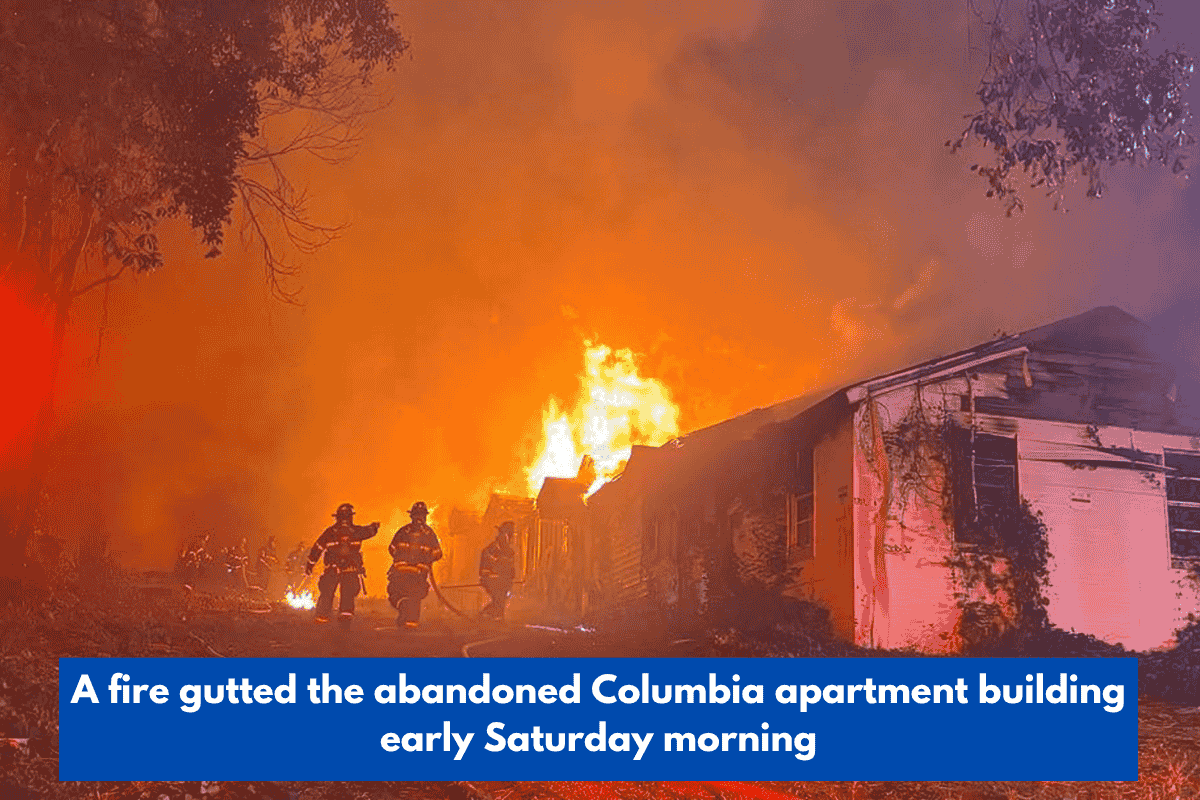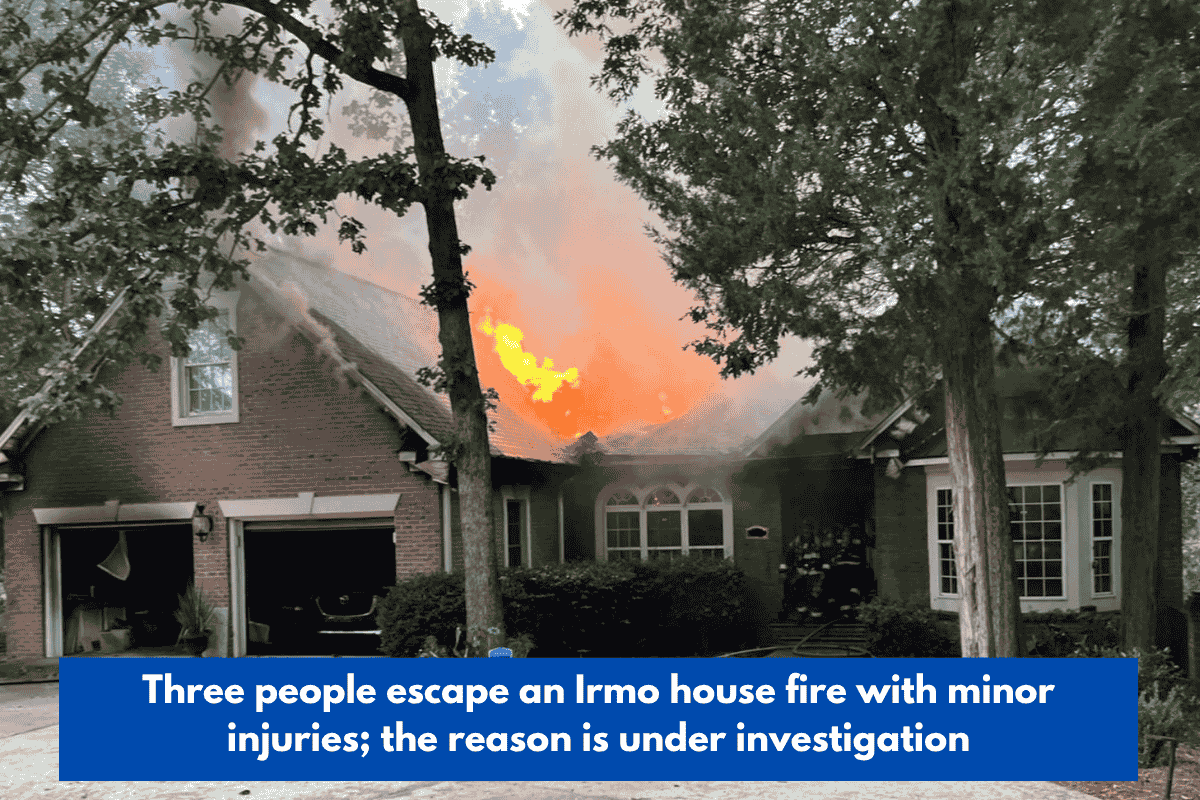Vermont allows right turns on red at most intersections, but with important exceptions and requirements that drivers must follow.
Key Points of the 2025 Rule
- Right Turn on Red (General Rule):
- You may turn right at a red light after coming to a complete stop, unless a sign prohibits it. You must yield to all other traffic and pedestrians before proceeding.
- Red Arrow Exception:
- If the traffic signal is a red arrow pointing right, you are not allowed to turn right unless there is a specific sign posted that permits the movement.
- A red arrow means you must wait until the light changes; it is not the same as a regular red light.
- Left Turn on Red:
- Vermont also allows left turns on red, but only from a one-way street onto another one-way street, after coming to a complete stop and yielding as required.
- Yielding and Safety:
- Always yield to pedestrians and oncoming traffic when making a right turn on red.
- Failure to yield can result in fines and points on your license.
Summary Table
| Signal Type | Right Turn Allowed? | Notes |
|---|---|---|
| Solid Red Light | Yes, after stop and yield | Unless a sign prohibits it |
| Red Arrow | No, unless sign permits | Must wait for green arrow or posted exception |
| Left on Red (1-way) | Yes, after stop and yield | Only from one-way to one-way street |
Penalties
- Violating these rules can result in fines (often around $220) and demerit points on your driving record.
You can turn right on red in Vermont after stopping and yielding, except when facing a red arrow (unless a sign says otherwise). Always check for posted restrictions and yield to all pedestrians and traffic before turning.
SOURCES
[1] https://codes.findlaw.com/vt/title-23-motor-vehicles/vt-st-tit-23-sect-1022/
[2] https://legislature.vermont.gov/statutes/section/23/013/01022
[3] https://en.wikipedia.org/wiki/Turn_on_red
[4] https://legislature.vermont.gov/statutes/fullchapter/23/013
[5] https://www.drivinglaws.org/resources/vermont-red-light-stop-sign-tickets.html














